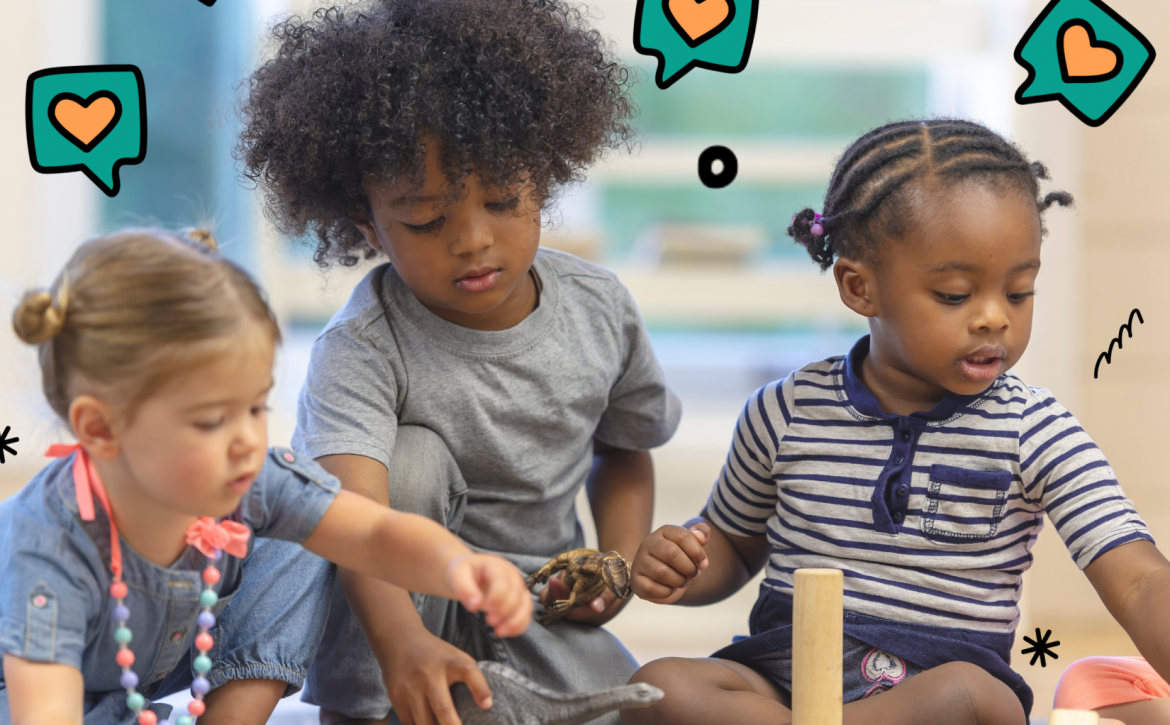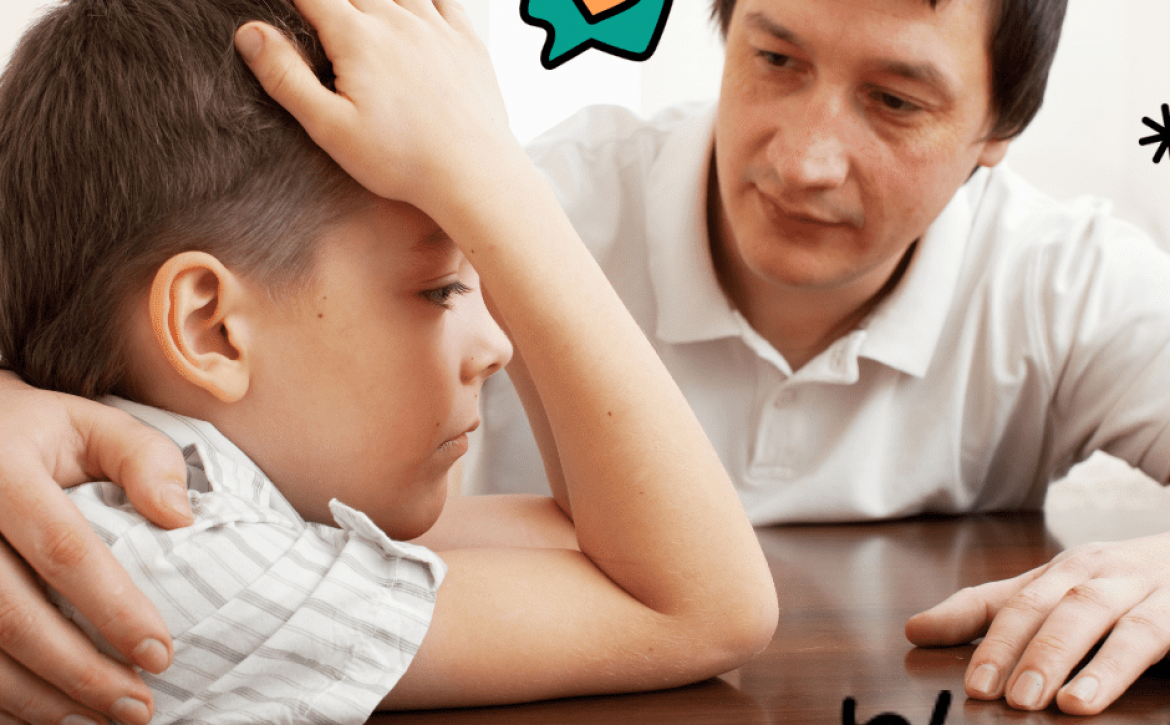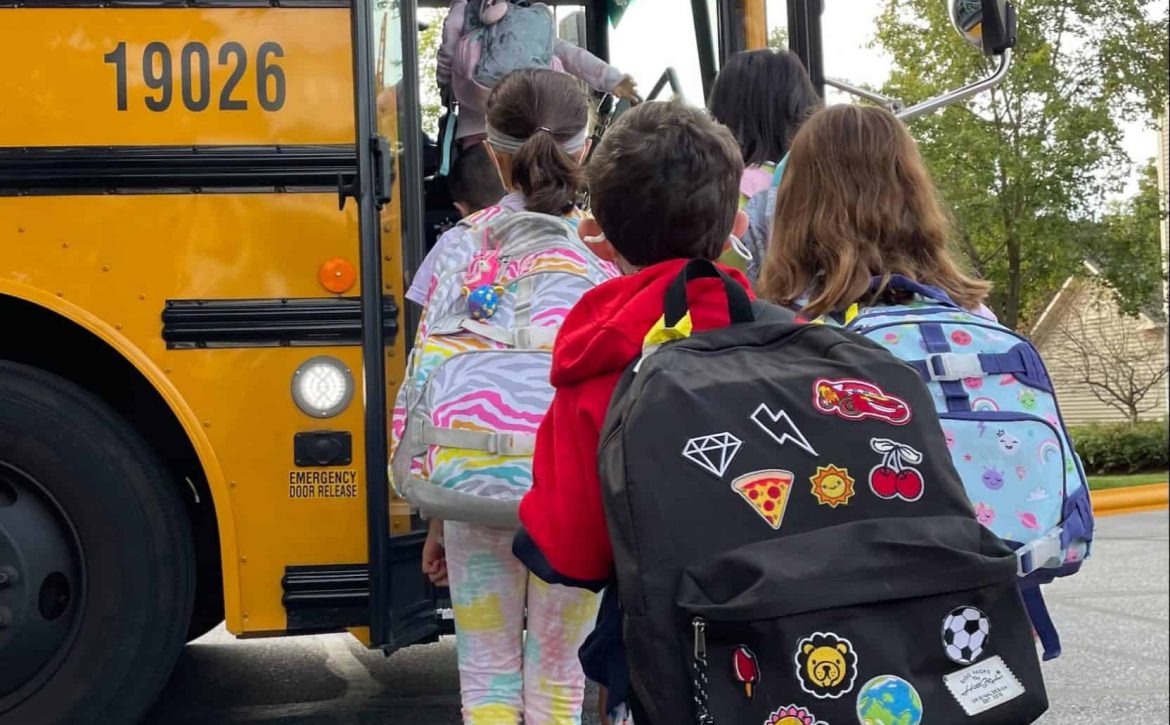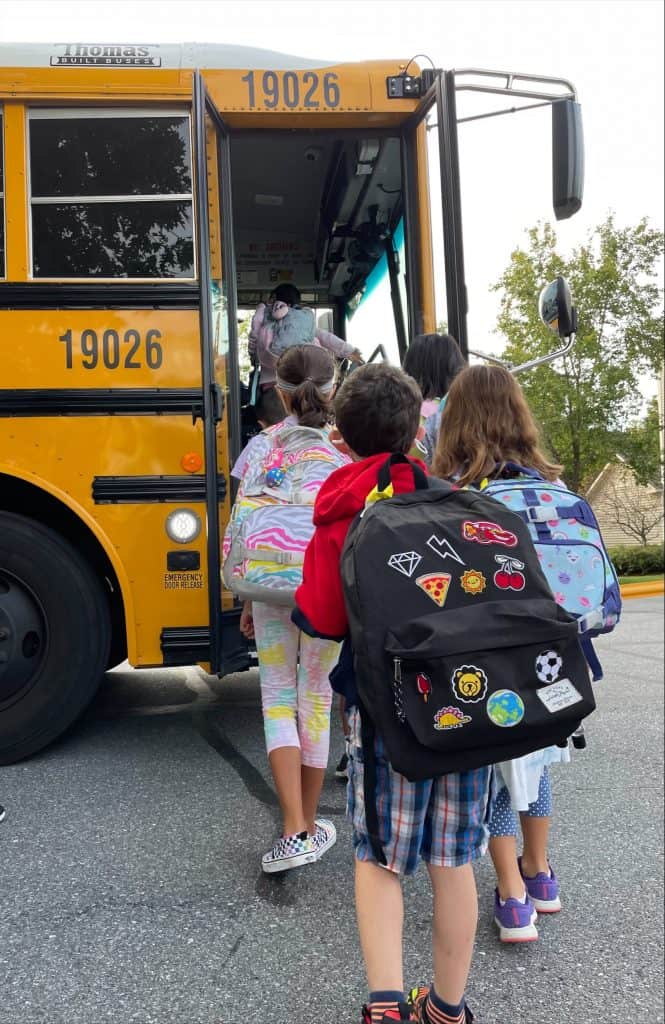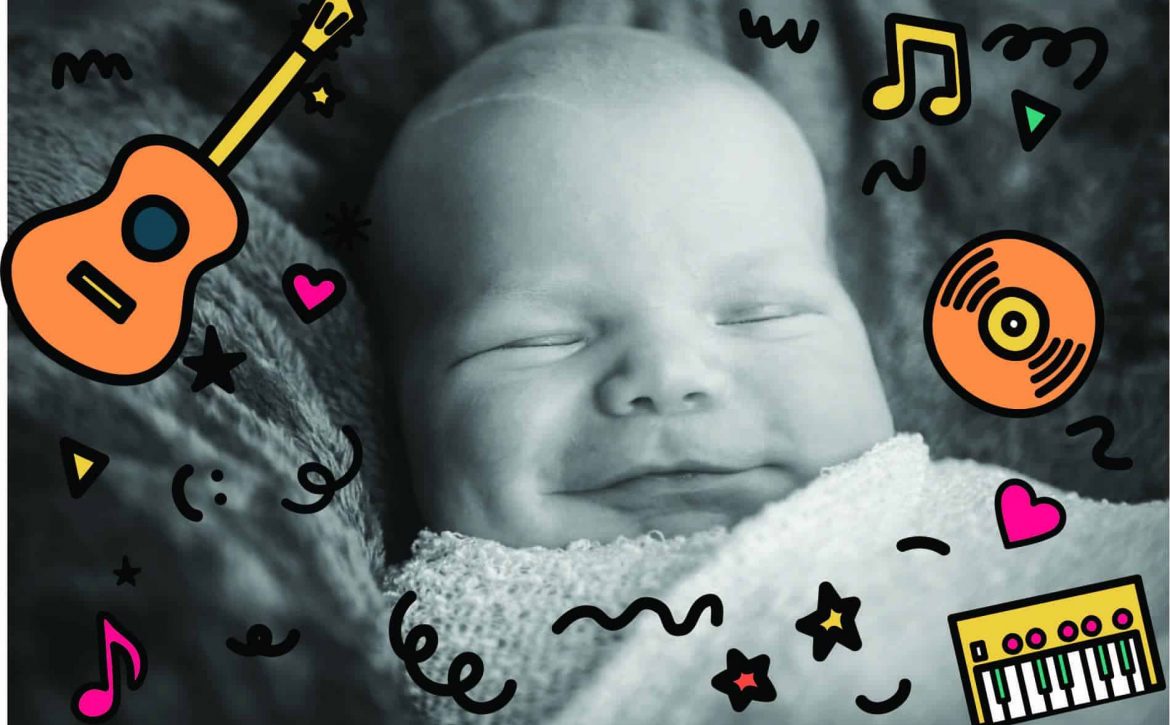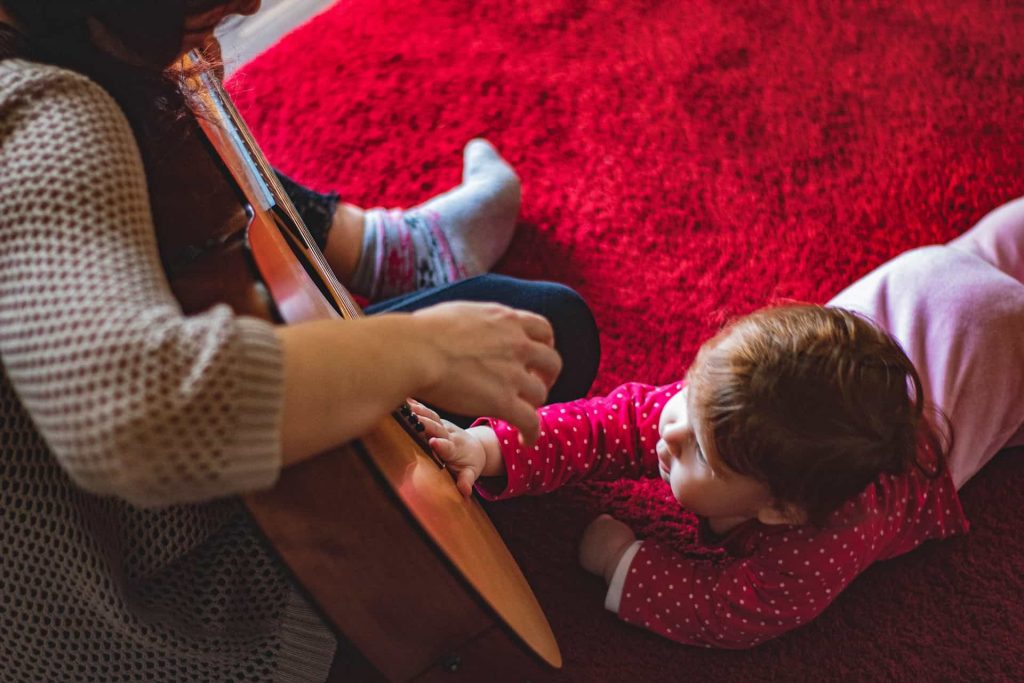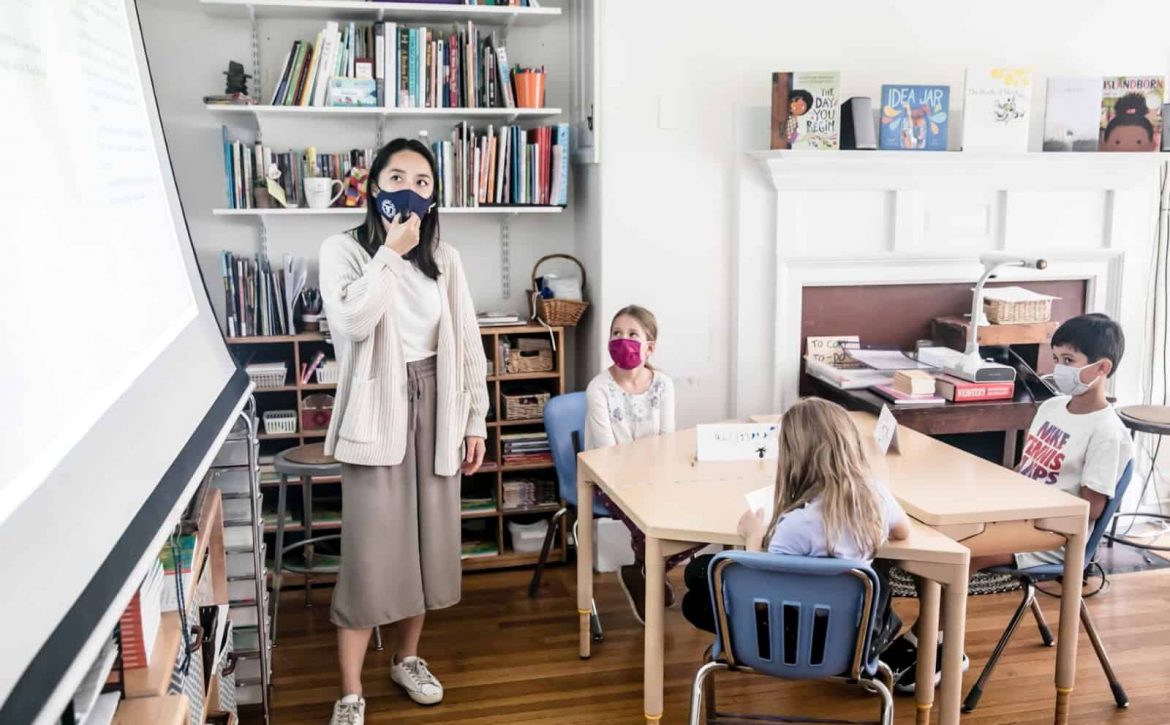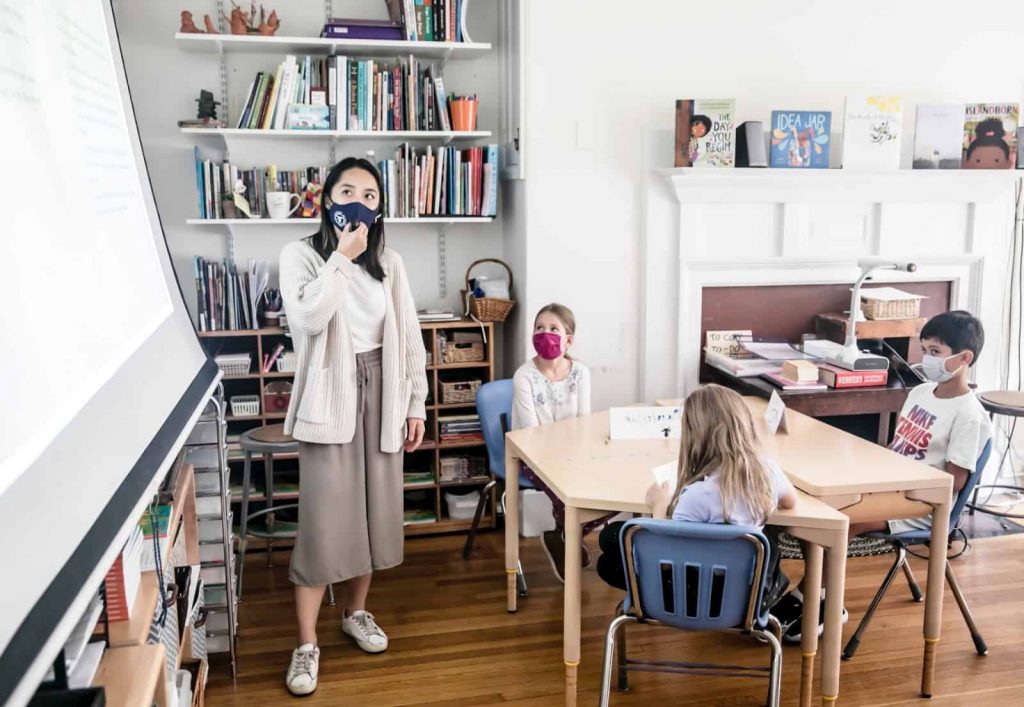Celebrate Freedom While Introducing Your Child to Challenging Ideas This Juneteenth
With Junteenth (a.k.a. Freedom Day) approaching, parents, teachers, and caregivers have the opportunity to celebrate freedom while opening children’s eyes to some of the toughest topics in American history and society.
Juneteenth raises topics — including race, racism, slavery, segregation, and discrimination — that are hard to discuss for adults AND with children. But these are topics worth discussing. As a mom, teacher, and school leader, I can assure you that the more you have these conversations, the easier they become.
At two-years-old, my own daughter is still too young to understand many of the big themes Juneteenth raises like racial differences, bias, and U.S. history. She has not yet begun to develop Theory of Mind — the understanding that every individual has their own thoughts, ideas, feelings, beliefs, etc. Without this, she isn’t ready to grasp the idea that someone can believe something that is objectively false (e.g., that people with browner skin are inferior to people with whiter skin). For now, my focus is on helping her get to know many different kinds of people and teaching her words to describe and talk about people through books, music, and interactions with friends and neighbors. This way, when she IS ready to start thinking about big ideas like slavery and bigotry, she will have the words she needs to talk about these (and other) challenging topics, and she’ll know that I am open to the discussion.
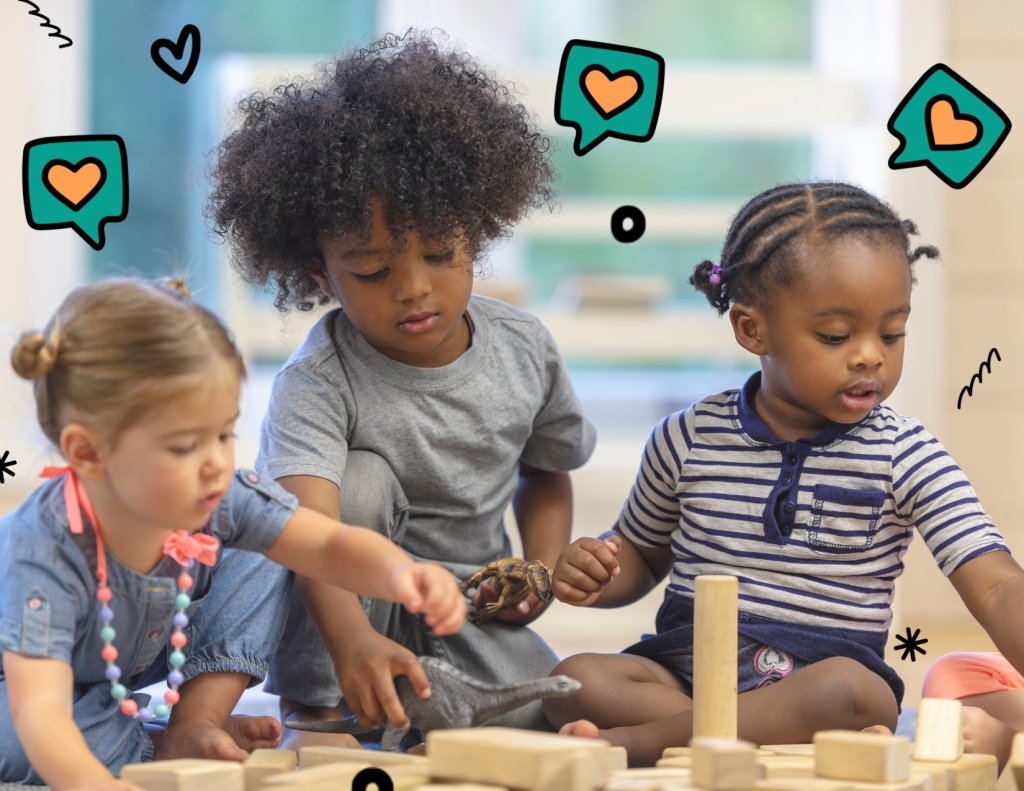
When can you talk about racism with your child?
You know your child best. Typically, around age 4 or 5, children start to understand that someone can hold false beliefs about objects, people, or situations. Around this age, children also become very interested in “rules” and “fairness.” They will start to be able to play rule-based games, be very motivated to make sure everyone is following the rules, and talk about things that they perceive as “fair” or “unfair” (“Hey! They got more cookies than me!”) These are good indicators that your child is ready to start thinking about concepts like bias, discrimination, and racism.
Do I really need to start talking to my child about racism this early?
By the age of 4, your child has likely taken note of some of the many ways that racism, discrimination, and bias influence our lives. In a yearlong study, researchers found that children as young as three, “used racial categories to identify themselves and others, to include or exclude children from activities, and to negotiate power in their own social/play networks,” (Van Ausdale & Feagin, 2001). Talking about inclusion and exclusion, bias and racism will help your child start to understand the societal patterns that they see and help them recognize and call-out racism when they see it. Talking about bias and racism openly is a first step toward raising children who are not biased or racist and will help move society forward.
How do I even begin this conversation?
Before starting a conversation, it is great to find out what your child knows or thinks they know about race and/or racism. Picture books and other media can help parents to create the opportunity to bring up skin color or race. You can also look for relevant moments in your child’s real life, like a child being excluded on the playground or noticing the skin tones of dolls at the toy store. Try saying, “I noticed that most of the dolls at the store have light skin and blonde hair. What do you think about that?” Listen to their ideas without judgment and ask further questions that invite them to say more.
Your child might also raise the topic on their own. The way that you react matters. If your reaction to your child’s questions about race or skin tone sends the message that the topic is taboo, harmful, or shameful, they are less likely to ask again. Instead, think about affirming your child’s observations: “Yes! You noticed that the woman’s skin is different from yours. That’s true. People come in lots of colors. Isn’t that cool?”
Answer any further questions honestly, but resist the temptation to turn it into a lecture. And remember, it’s always OK to say, “You know what, I want to talk about this with you, but let’s finish talking later,” if you need time to gather your own thoughts. Just be sure to circle back when you’re ready.
What are some books that can help parents who want to start the conversation?
Thankfully, there are now many fictional children’s books that feature characters of color, talk about ethnic diversity, and deal with topics around inclusion and kindness. I encourage you to add some (or many!) of these titles to your library to help your child “get to know” people who are different from them and help them think about these big ideas. In addition, there are also several non-fiction books to help young children start to think about race, racism, and skin color, and learn about related American history as well. Here are some of my favorites for 4 and 5 year olds specifically.
- Our Skin: A First Conversation About Race by Megan Madison, Jessica Ralli, and Isabel Roxas
- These Colors are Bananas by Jason Fulford and Tamara Shopsin
- A Kids Book About Racism by Jelani Memory
- Martin’s Big Words by Doreen Rappaport and Bryan Collier
- Children of the Civil Rights Movement by Paula Young Shelton and Raul Colón
- We March by Shane Evans

